Dorozi, the Desert Tamers
"Men and women of Lunaghati! Today is a red day - a final day - the moment of truth for our endeavour! The beast sits but an arrow's flight from where you stand, slumbering atop its centuries-old horde! Its treasures are myriad. Its vile misdeeds are unending! We shall say now, you and I - no longer! May we ascend in one form or another, and forge our final verse! The bards shall sing it for time everlasting!"
To my noble Lord Sakar,It is with great sadness that I must inform you that your eldest daughter - the Lady Manasa - has passed while hunting colossi in the Glass Sea. I am told she was crushed in a fraction of a second, along with her husband, her son, and all fifteen members of her entourage. I have made arrangements for the Red Company to recover what can be salvaged of her remains. May she soar through the clouds everlasting.
Basic Information
Anatomy
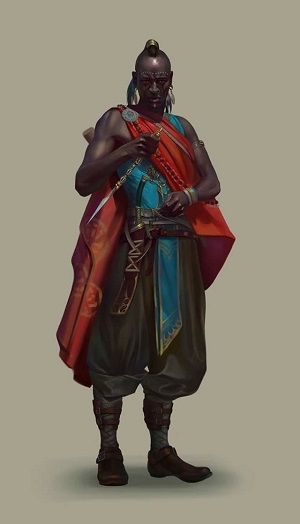
Most commonly - though not always - Dorozi have inherent bodily features based off of their biological sex. Men are typically taller and broader, with a higher muscle mass and a higher potential to grow body hair on the chest, back and face. Furthermore, Dorozi men have a higher chance to be affected by pattern baldness - normally when passing into middle age, but feasibly at any time in their lives. As for the women of the species, it is typical for them to possess wider hips, shorter frames, and a higher amount of fat on their bodies.
The potential for Dorozi bodies to change over the course of their lives is enormous, and both men and women are able to render themselves utterly unrecognisable, given enough time and effort.
Genetics and Reproduction
When the time comes to deliver the baby, Dorozi women have potentially the hardest time doing so. Labour can sometimes last a day or longer, and without the proper medical attention, the mother can lose her life owing to anything from severe bleeding to obstructed labour. Fortunately, however, the chances of this happening are roughly 1 in 2,500.
Dorozi also possess what some might consider a blessing, and others more concerned with racial purity would call a curse; the ability to reproduce with any other known civilised race in Varen. However, it is known that Dorozi women impregnated by an Olthamite may struggle even more to bring the child to term. Conversely, a Dorozi woman having a child with an Arenian man will experience a largely-easy pregnancy - not to mention the delivery.
Growth Rate & Stages
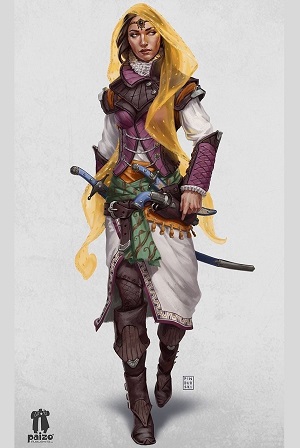
As far as the Dorozi's transition into maturity is concerned, boys hit puberty between the ages of ten and fourteen. Girls, on the other hand, begin their journey into womanhood a little bit later - often between the ages of twelve and sixteen.
Dorozi begin to enter into middle-age around thirty-five, and their elder years around sixty; and those of the species who live long enough to die of old age often do so around eighty years old. Furthermore, while men will remain virile for the entirety of their lives, more often than not, a Dorozi woman will hit menopause between the ages of forty-five and fifty-five, after which conception becomes practically impossible.
Dietary Needs and Habits
Thanks to the heat of their desert and tropical climate, Dorozi cuisine features a great amount of spices and peppers - and, in more expensive cases, parts of a beast capable of giving your food a burning kick, such as the draconis fundamentum of a red dragon. Such food often causes a huge amount of sweating - and, for other races, unpleasant bowel movements - and allows the race to stay cool in their harsh environment.
Additional Information
Facial characteristics
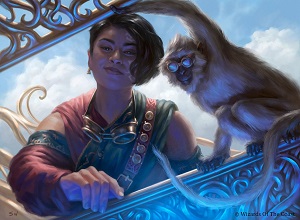
Perception and Sensory Capabilities
Civilization and Culture
Beauty Ideals

Gender Ideals
Courtship Ideals
Relationship Ideals
Amongst Dorozi, incest is tolerated - if not socially accepted - so long as no children are conceived.
Average Technological Level
Culture and Cultural Heritage
Dorozi are a hectic and sometimes reckless people, but never to the point of malice. Many folk of this race base their choices off of one simple question; “Will I be remembered for this?” The answer is, typically, no. However, when it is “yes”, there is next to nothing that will stop a Dorozi from carrying that action out.
Dorozi stereotypically turn to the life of a wandering vagabond at the drop of a hat, and for feasibly no reason. While these people are certainly impulsive, they are not without direction. It is just that the majority of the time, that direction is invisible to all but them. Dorozi are conscious of their relatively short lifespans, and most desire to see the world in which they live before they must depart it. For some, their adventures are of a professional sort – brought about by their careers in their hunting company. For others, it is the simple wish to leave their mark on this world, wherever that may be. Dorozi tend to have a passion for most weaponry, yet are world-famous for their talent in archery.
As for their novels, music and theatre... Dorozi have something of a mixture. Ever a bombastic people, their mainstream theatre and literature primarily consists of the classic underdog story; a man - or woman - down on his luck rises up against the odds and finds great success. The other side of their fictional media, however, is an experimental movement in storytelling. This movement has a reputation for being relatively hit-and-miss. Either you'll be seeing an unknown theatrical masterpiece, or watching a man strip naked, rub goat milk on himself, and repeat the word "communism" for an hour and a half.
Common Customs, Traditions and Rituals
- The Dorozi are an inherently-inquisitive people, and are taught to be so from a very young age. Foreigners might consider it odd, but a child in Dorozar is always expected to challenge the authority of their elders, should the thought arise. Critical thinking is an important skill to learn while growing up.
- The open air is sacred to the folk of Dorozar, and it is customary for most buildings to grant their occupants access to it. Be it the open ceiling of a globe theatre, or the strangely-placed garden/courtyard in the centre of even the most modest home, one must always be able to bear witness to the clouds above, should they wish it.
Faith
Dorozi generally worship the elemental force of Air. It is a source of not just their own survival, but their energy and their travel. The tornadoes that ravage their landscape also serve as a force for good, and have annihilated invading armies many a time. The object of their worship is the clouds - and on other select days, the mist that settles upon the ground.In the Spring Equinox, it is customary for Dorozi settlements to spend an entire week engaging in play-fights with paints and coloured powder in the streets. After this week, the streets are left coated in the remains of the festivities. At the turn of the month, the citizens of the fun-loving civilisation come together to clean the streets.
Common Taboos
- Never touch a Dorozi's weapon - be it the most complicated rifle you've ever seen, or a sharpened twig. Never, ever, touch a Dorozi's weapon.
- If a Dorozi says "He's mine," they mean exactly that. The kill has been claimed, and the hunter's right must be honoured. To steal the glory of the killing blow is to insult a hunter gravely.
Interspecies Relations and Assumptions
Between five and six feet tall, with vaguely-muscular arms and a slight curve to their stomach. Two arms and two legs, and a head of varying size.
Dependent on a Dorozi's heritage, however, their skin tone can change significantly. Dorozi with Olthamite or Khord heritage normally have slightly lighter skin - verging on a light brown. Arenian parentage can result in the skin growing very dark indeed - perhaps even to the characteristic grey of some Arenians. Perhaps most drastic, however, is Sylvar heritage, which can create anything from an olive-skinned Dorozi to a paper-white tint.

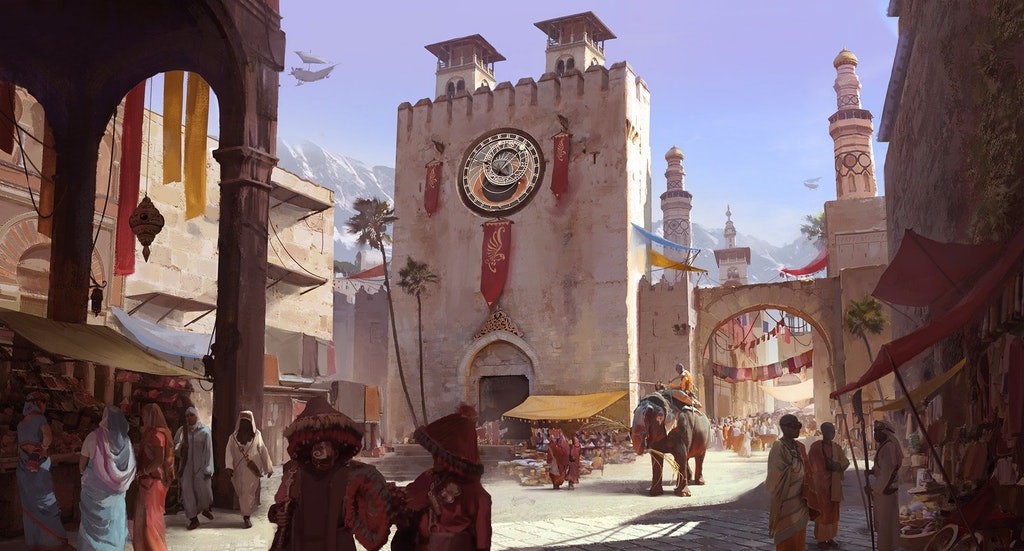
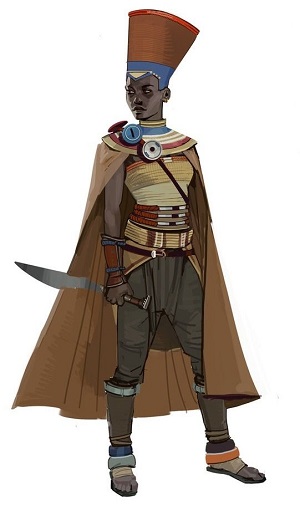
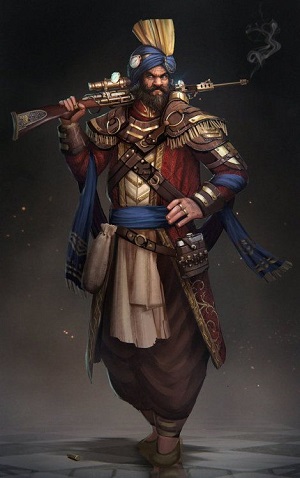
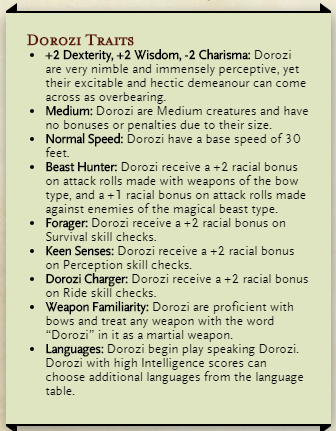


Comments